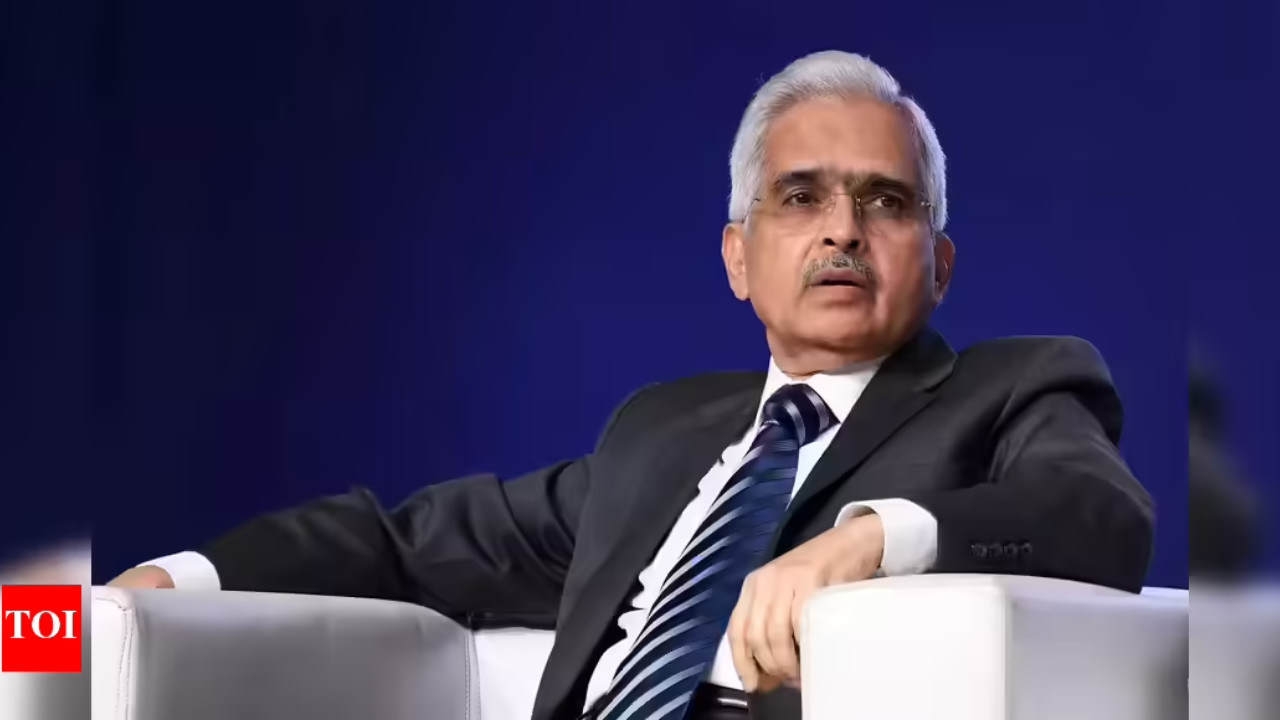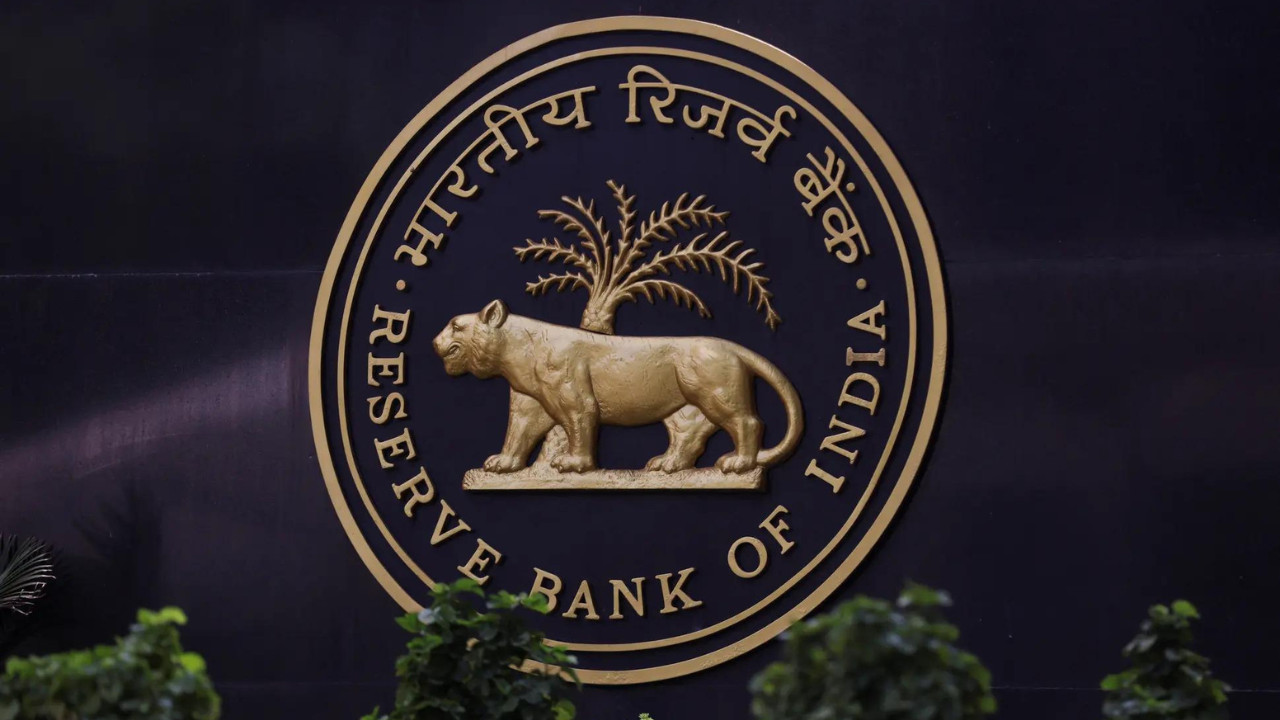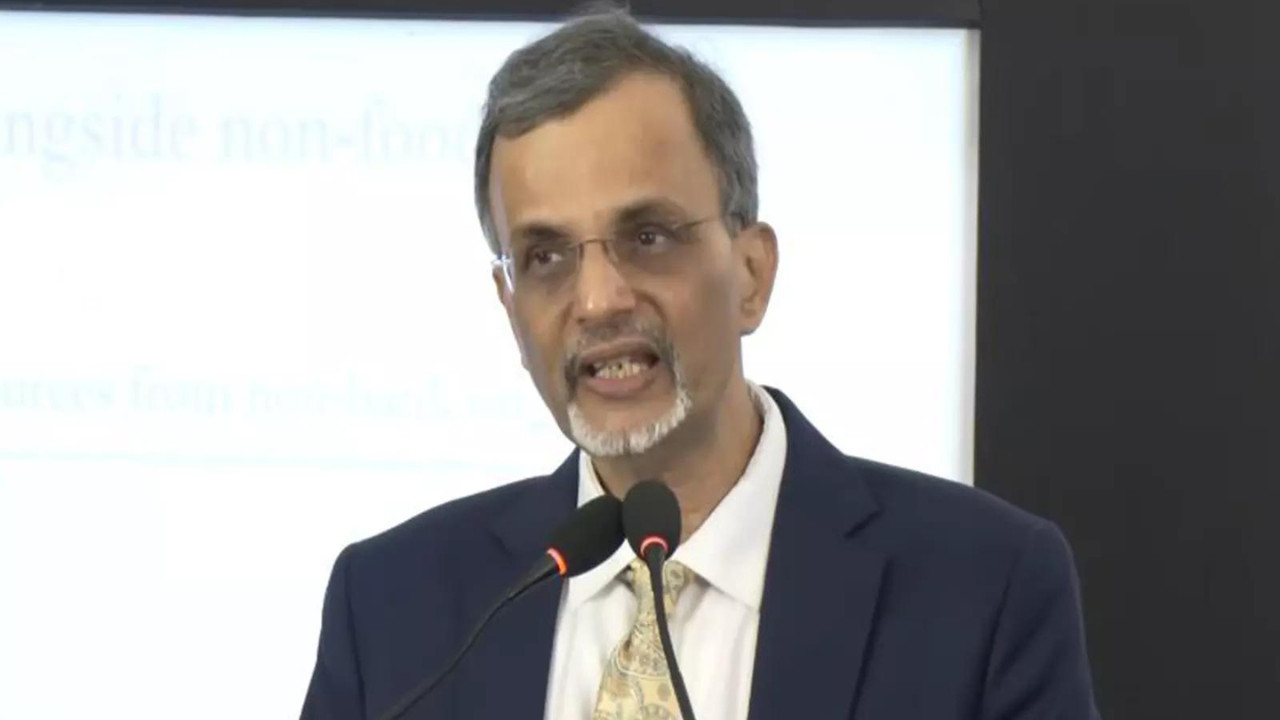India is poised to drive approximately 20% of global GDP growth, fueled by robust domestic demand and sound economic policies that have shielded it from external shocks. This resilience, coupled with a focus on strategic autonomy and fair trade, positions India as a significant contributor to global economic advancement amidst a changing world order.
India’s Moment: Powering Global Economic Growth
The global economic landscape is shifting, and the spotlight is firmly on India. Forget whispers of potential; India is poised to become a major engine of global growth. Central Bank Governor Shaktikanta Das recently painted a vibrant picture of India’s economic resilience, suggesting the nation is on track to contribute a staggering one-fifth of total global GDP growth. This isn’t just about impressive numbers; it’s about India’s increasing significance on the world stage.
But what’s fueling this economic ascent? Das pointed to several key factors, highlighting India’s inherent strengths. The country’s robust domestic demand is a major driver, insulated to a significant extent from the volatile currents of global markets. This internal resilience provides a buffer against external shocks, allowing the Indian economy to maintain a steady course even when global headwinds pick up.

Resilience: India’s Shield Against Global Uncertainty
Speaking of external shocks, the global economy has certainly had its fair share recently. From geopolitical tensions to supply chain disruptions and fluctuating commodity prices, the world economy has been navigating a turbulent period. Yet, India has demonstrated remarkable resilience, weathering these storms with a combination of strategic policy decisions and inherent economic strengths. This ability to withstand pressure is a crucial differentiator, positioning India as a relatively stable and attractive investment destination in an uncertain world.
One aspect bolstering this resilience is the financial sector’s improved health. Banks and financial institutions are now better capitalized and more efficiently managed, contributing to a more stable and reliable financial ecosystem. This, in turn, fosters greater confidence among investors and businesses, encouraging investment and economic activity.
Inflation and the Path to Price Stability
Of course, no economic success story is without its challenges. Inflation has been a persistent concern globally, and India is no exception. While acknowledging the challenges posed by inflation, Governor Das expressed confidence in the Reserve Bank of India’s (RBI) commitment to bringing inflation back to its target level. The RBI has been actively employing various monetary policy tools to manage inflation and ensure price stability, a critical factor for sustainable economic growth.
The commitment to taming inflation isn’t just about hitting a specific target; it’s about creating a stable and predictable economic environment that encourages long-term investment and consumer confidence. When people feel secure about the future purchasing power of their money, they are more likely to spend and invest, further fueling economic growth. This connects to a previous piece on the long-term impacts of interest rate hikes in India.
The Digital Revolution: Transforming the Indian Economy
Beyond macroeconomic factors, India’s digital revolution is playing a pivotal role in its economic transformation. The rapid adoption of digital technologies across various sectors, from finance to agriculture, is boosting efficiency, productivity, and innovation. This digital wave is not just transforming businesses; it’s also empowering individuals, creating new opportunities for entrepreneurship and employment.
Furthermore, the government’s focus on infrastructure development is providing a crucial foundation for sustained economic growth. Investments in roads, railways, ports, and airports are improving connectivity, reducing transportation costs, and facilitating the movement of goods and services across the country. This improved infrastructure is not only essential for domestic trade but also enhances India’s competitiveness in the global market. This makes India an attractive place to invest and supports long-term India economic growth.
India Economic Growth: A Bright Future Ahead
India’s economic trajectory is undeniably upward. While challenges remain, the country’s inherent strengths, strategic policy decisions, and embrace of innovation position it as a key driver of global growth. The coming years promise to be an exciting chapter in India’s economic story, solidifying its role as a major player on the world stage. By addressing inflation, continuing its digital revolution, and investing in infrastructure, India is well-positioned to not only contribute significantly to global GDP growth but also to create a more prosperous future for its own citizens.







